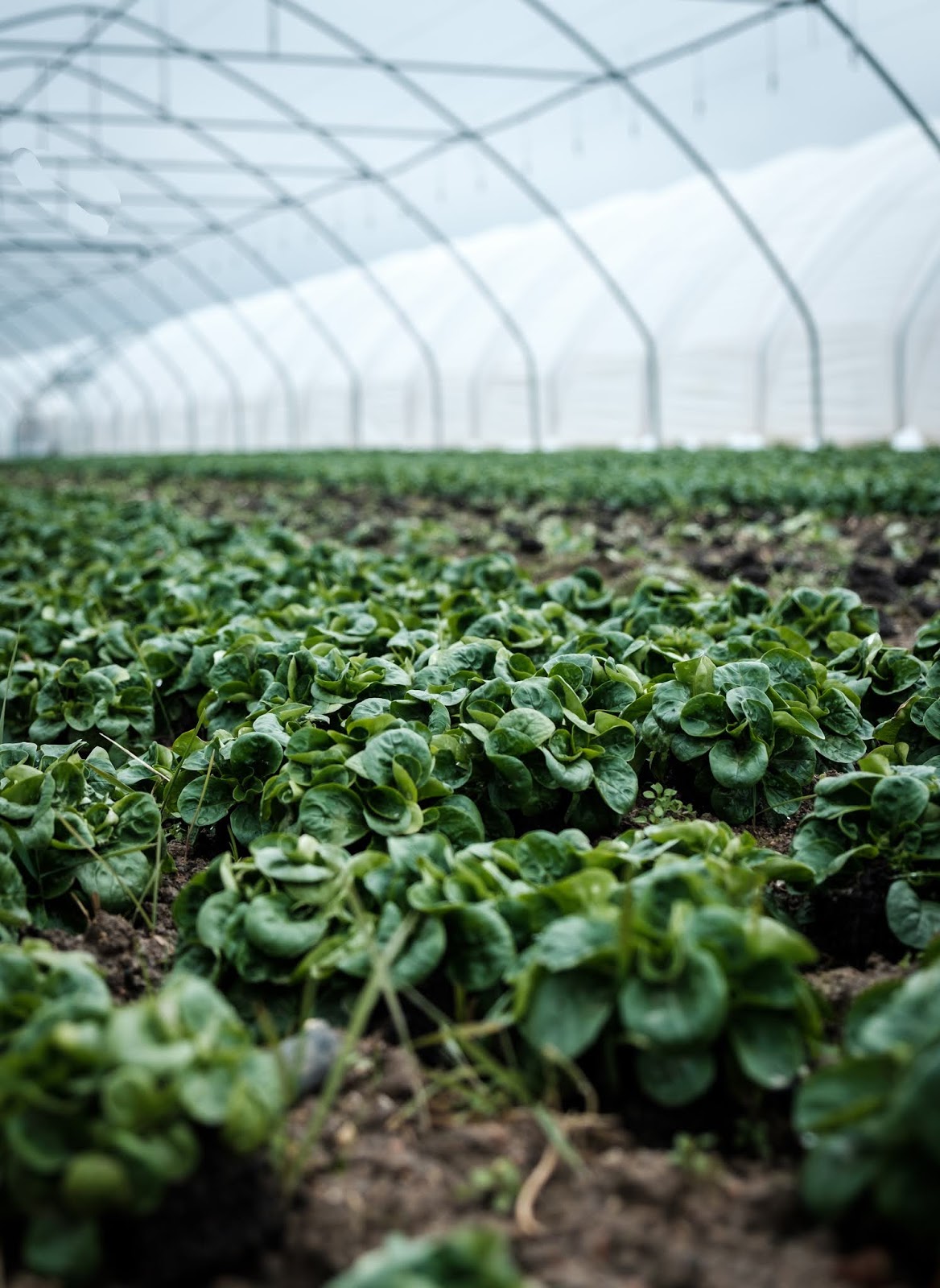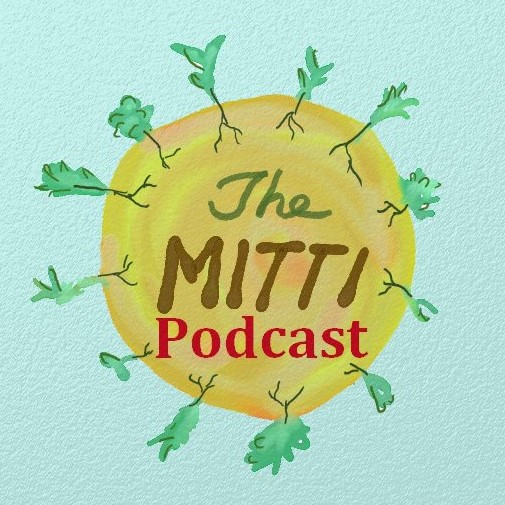Energy Efficienct Nature
 |
| Artwork by Anuraag Nandagiri, 2019 |
This post is by far our most colorful blog entry. But isn't life worth the full spectrum to try and explain its magic? In this article, we put all our creative efforts in bringing the energy cycles of different farming practices to digital life. On one hand, because it is just fun! On the other hand, because we wanted to vividly illustrate the differences between natural vegetation and industrial agriculture.
As we probably all know from science classes in school, life on earth depends on four essential elements; Oxygen, Carbon, Nitrogen and Water. When organisms consume these components, they do not disappear into the oblivion, but rather follow the universal law of conservation of energy.
Energy is neither created nor destroyed, it transforms from one form to another.
These elements are circulated through various cycles of life, most importantly are the ones illustrated blow which are:
- Carbon cycle
- Nitrogen cycle
- Photosynthesis
- Water cycle
These magnificent cycles of nature contribute to the delicate balance of
its system. Insects, micro-organisms, plants, animals, fungi and humans
are all an integral part of life.
Water, Carbon Dioxide and Oxygen contribute to the well-known photosynthesis process. Humans and animals are the natural re-emitters of Carbon Dioxide, and so the cycle continues. Nitrogen in the atmosphere is oxidized by lightning into oxides and mixed into soil with rainwater, only to be fixated again by bacteria to feed into plant roots. Further key players such as fungi decompose organic matter into ammonia-rich plant food. The cycle is balanced again by another form of micro-organism denitrifying the soil and sending gaseous Nitrogen back to air.
The human effort in the context of the natural cycles lies in accepting our role in them, and harvesting what we gain from nature to fill our nutritional needs. However, this human effort was replaced or overcompensated with machinery in what is today regarded as traditional agriculture. This disconnected agriculture from all other subtler cycles. The excess use of energy in terms of fossil fuels to power the machinery is often attributed to meet the needs of a growing global population. Yet, one can only guess that the energy imbalance introduced by this human intervention may be depleting the rate of nature's recovery system.
When it comes to the argument of feeding the world's hunger, there rises the question of nutritional value and what consequences the interference with natural cycles brings to the food on our tables. It is out of question how machinery based practices degrades soil composition and disrupts the ecosystems of micro-organisms in it. Moreover, investing in expensive infrastructure such as tractors within farmer communities prioritized material profit above all. So, instead of food oriented farming, the model shifted to plant what suits the machine most! In such case, monocropping - i.e. planting a single type of crop over an extensive piece of land at a time - was adopted to guarantee highest performance from the machinery.
Consequently, since the natural soil has been stripped out of nutrients, the addition of external soil supplements such as synthetic fertilizers and the usage of chemical pesticides to ensure a forcefully healthy crop were seen necessary in order to maintain the disrupted cycle. The added chemicals seep into the soil and pollute groundwater. As seen in the previous infographic, the industrial green revolution broke all environmental frameworks that nature uses in its life cycles. Much alike to the European industrial revolution, a globalized wave of non sustainable agriculture swept the world in the 1960s leaving a lot of environmental damage behind. Thus, there needs to be a middle ground between where human imagination is capable of going, and where reality in the natural world exists.
Nature is beautifully designed to function and evolve its energy mechanisms to be more efficient and effortless. This is what permaculture depends on, providing an alternative method of farming.
Permaculture is a form of organic farming, where the natural nutrient cycle of the soil is easier to maintain. And what is easier in nature is also more organic. Besides, it applies the concept of integrated land use, with trees as a natural wind breaker and a shade blanket to more fragile crop varieties. Furthermore, the practice of permaculture has room for social community development by offering food security and organic nutritional supply to a wide range of people. That is not to mention the tremendous ecological benefit such practice brings to the soil.
The question always stands, can sustainable holistic practices such as permaculture prove to be our ecological savior while addressing food security? We pass the question on to you ...
We hope you enjoyed this post and the original artwork included! Make sure to send us a comment below with your feedback and reflections on the topic. In case you missed it, check our latest episodes of The Mitti Podcast with Andrea Menéndez joining us all the way from Asturias, Spain.








